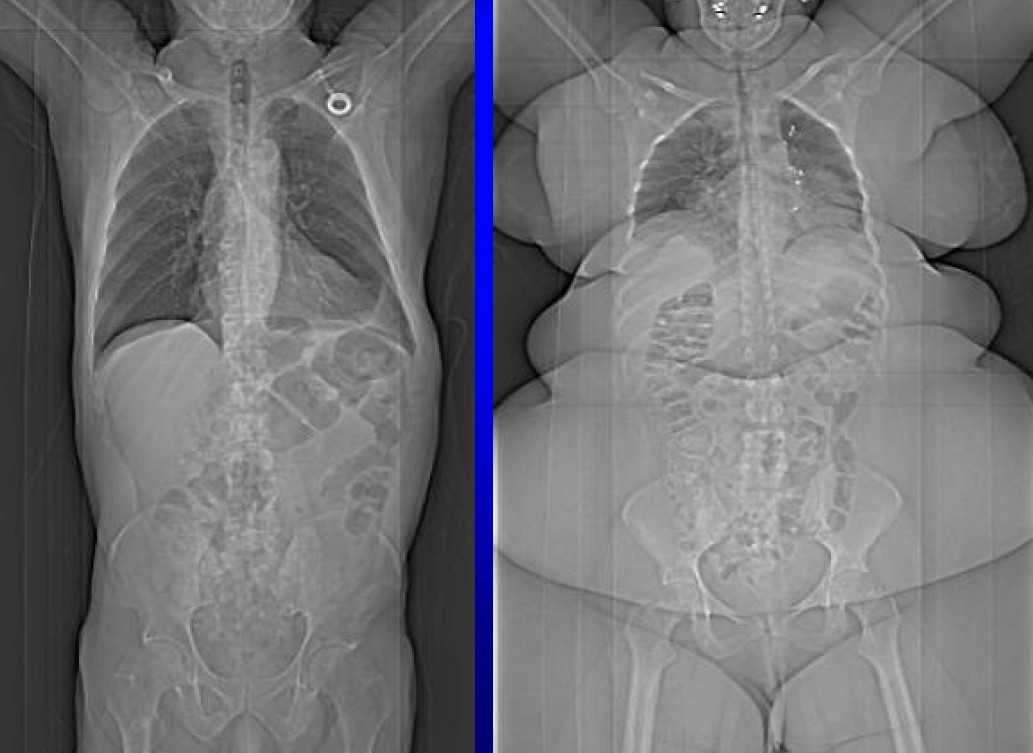From time to time...in between WAMC threads and questions about "the real top 10".....we have some good clinical discussions here on SDN. Europeman may have an eccentric approach, but he is to be applauded for recently bringing up topics actually related to surgery for us to discuss.
I think it would be nice to have a centralized thread that focuses on clinical questions and scenarios. It can hopefully serve as a back and forth discussion about a multitude of topics.
We'll see how the idea works out. If things start to go bad, I'm okay withdrawing supportive care and allowing a natural thread death. I'll start with my own clinical scenario. I've also listed some previously-discussed topics below.
I'm curious to know what other SDNers think about elective colectomies for patients with diverticulitis. At this point, I'm sure that most of us know the old approach of colectomy after 2 uncomplicated episodes is outdated, and leads to many unnecessary colectomies.
What about after "complicated diverticulitis?" The current expert recommendations are to still recommend elective interval sigmoidectomy after a single episode of complicated diverticulitis. This should be done once the inflammation has cooled down, and the patient has undergone an interval colonoscopy (another area of debatable necessity).
If the complication is obstruction or fistula (colovesicular or colovaginal), then colectomy makes sense because it's necessary to eliminate ongoing symptoms. However, if the complication was just a pelvic abscess, does the patient really need his/her colon out?
We know from the literature that the first episode of diverticulitis is usually the worst, and recurrent episodes are unlikely to progress to emergency surgery. There is, to my knowledge, only one paper that shows patients with abscess to be at a higher risk of a complicated recurrence requiring re-hospitalization or possible emergent surgery.
What is the practice at your institution? Do you think it should be changed?
Here's a list of some recent clinical threads:
Do you ever place a G-tube in patients with ascitis?
What IVF do you give after an elective colectomy?
Are narcotics okay in patients with a SBO?
How do you like to close your 5mm trocar incisions?
Here's a list of some oldies but goodies:
A clinical question for our holiday weekend
A thought provoking case to break the silence
Resurrecting a dead topic: Incidental surgery
I think it would be nice to have a centralized thread that focuses on clinical questions and scenarios. It can hopefully serve as a back and forth discussion about a multitude of topics.
We'll see how the idea works out. If things start to go bad, I'm okay withdrawing supportive care and allowing a natural thread death. I'll start with my own clinical scenario. I've also listed some previously-discussed topics below.
I'm curious to know what other SDNers think about elective colectomies for patients with diverticulitis. At this point, I'm sure that most of us know the old approach of colectomy after 2 uncomplicated episodes is outdated, and leads to many unnecessary colectomies.
What about after "complicated diverticulitis?" The current expert recommendations are to still recommend elective interval sigmoidectomy after a single episode of complicated diverticulitis. This should be done once the inflammation has cooled down, and the patient has undergone an interval colonoscopy (another area of debatable necessity).
If the complication is obstruction or fistula (colovesicular or colovaginal), then colectomy makes sense because it's necessary to eliminate ongoing symptoms. However, if the complication was just a pelvic abscess, does the patient really need his/her colon out?
We know from the literature that the first episode of diverticulitis is usually the worst, and recurrent episodes are unlikely to progress to emergency surgery. There is, to my knowledge, only one paper that shows patients with abscess to be at a higher risk of a complicated recurrence requiring re-hospitalization or possible emergent surgery.
What is the practice at your institution? Do you think it should be changed?
Here's a list of some recent clinical threads:
Do you ever place a G-tube in patients with ascitis?
What IVF do you give after an elective colectomy?
Are narcotics okay in patients with a SBO?
How do you like to close your 5mm trocar incisions?
Here's a list of some oldies but goodies:
A clinical question for our holiday weekend
A thought provoking case to break the silence
Resurrecting a dead topic: Incidental surgery

